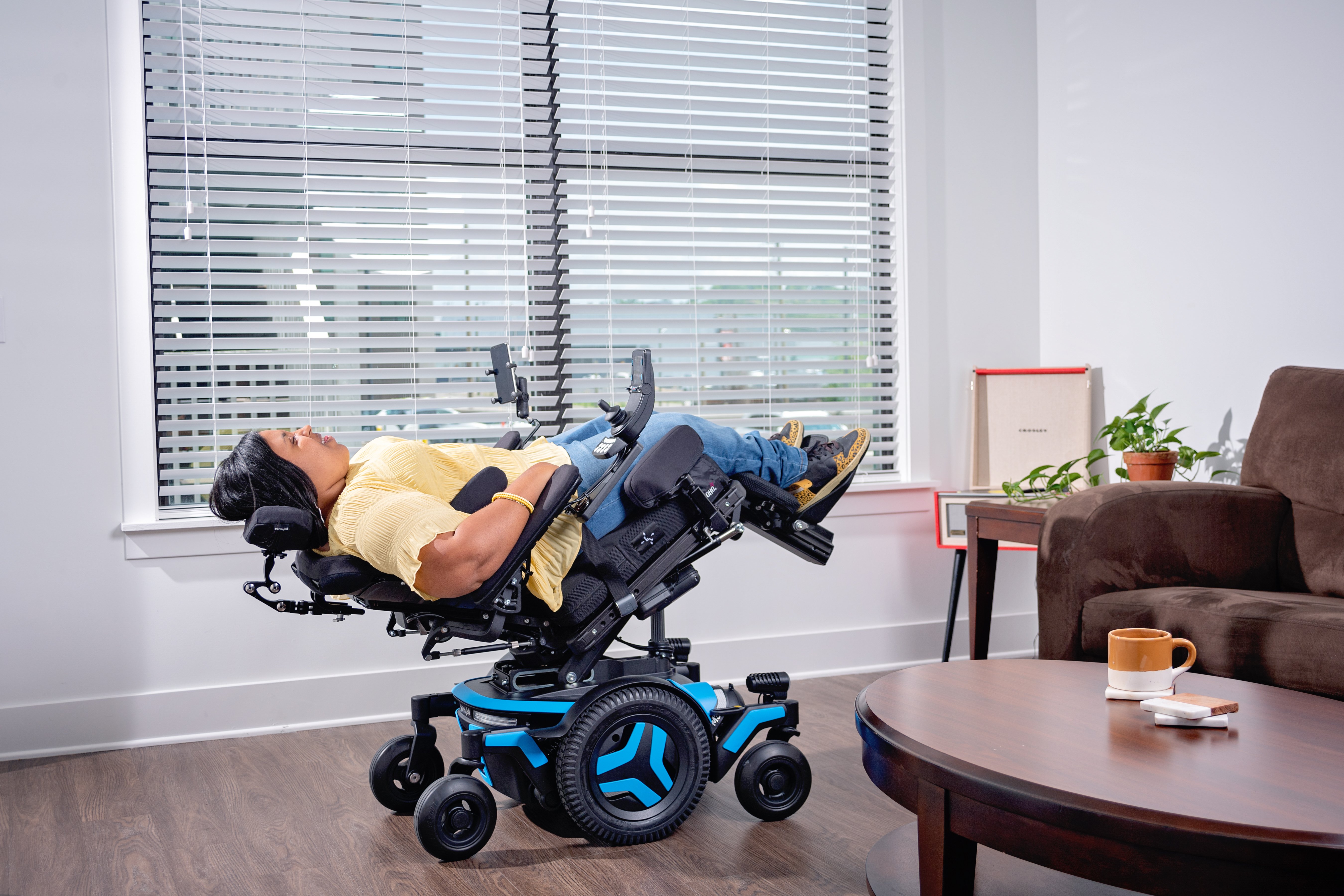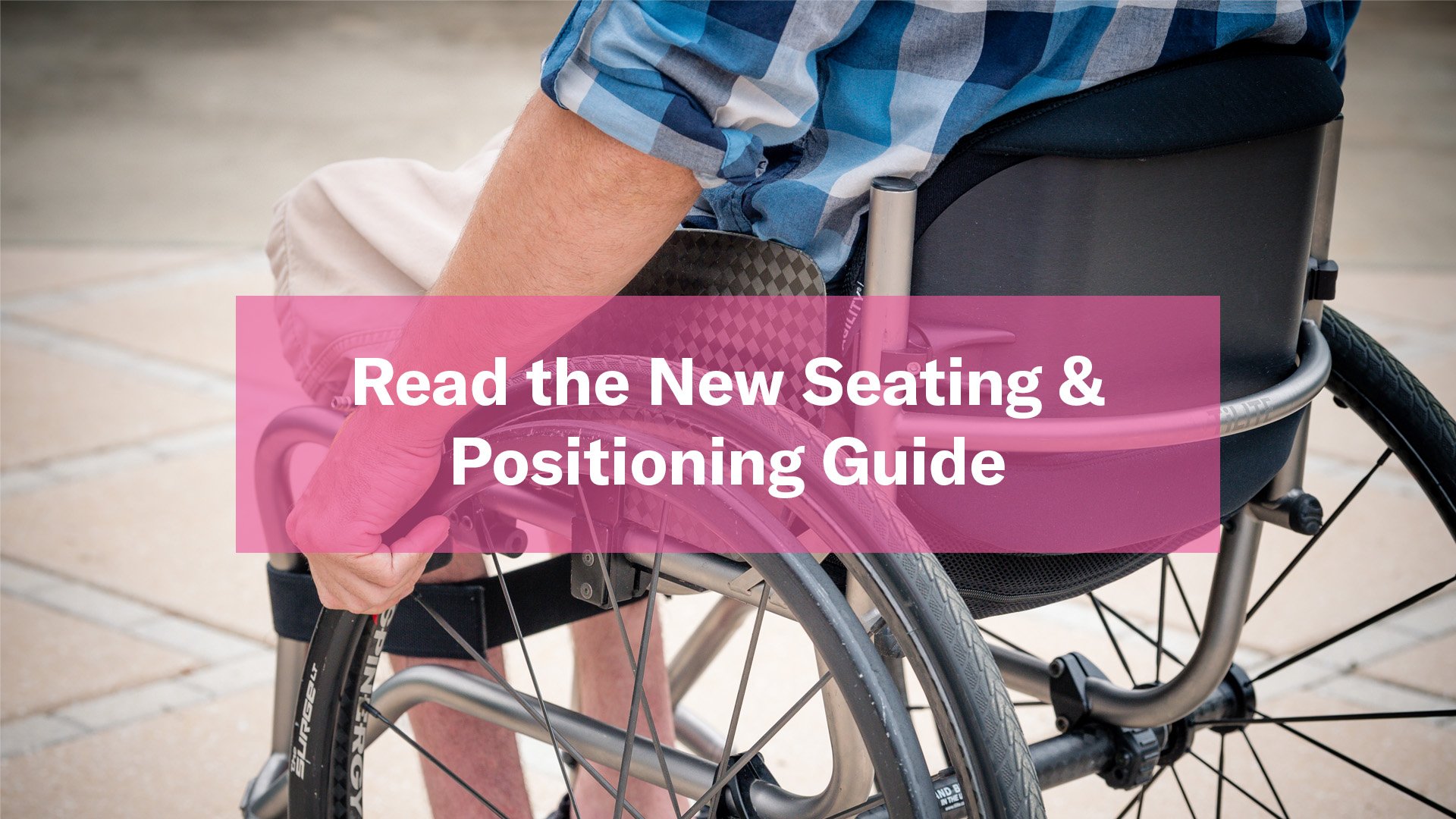Pressure injuries are a common and serious concern that can significantly impact health and quality of life for many individuals with limited mobility. Despite being a longstanding issue, considerable research and clinical effort continues to focus on the prevention, assessment, and treatment of these injuries. In this blog post, we’ll explore why pressure injuries occur and how following clinical best practice guidelines can support better decisions about complex rehabilitation technology (CRT).
Pressure injuries — in the past called pressure ulcers or bed sores — are a significant risk to those with limited mobility, especially wheelchair users or those who spend a lot of time in bed. Prevention of pressure injuries (PI) relies on many factors and strategies including choices informed by clinical practice guidelines as well as the individual needs of the end user. Whether you are a clinician, caregiver, or end user, understanding support surfaces and how to select them — based on individual end user need — is essential for effective prevention and care.
Why Support Surfaces Matter
Support surfaces — such as wheelchair cushions, back supports, as well as mattresses — play a critical role in distributing pressure, minimizing shear, and managing the microclimate (the temperature and moisture at the skin’s surface). All these factors are all proven contributors to pressure injury risk.
What Is a Pressure Injury?
A pressure injury is localized damage to the skin and underlying tissue, usually over a bony prominence, caused by pressure, or pressure combined with shear. These injuries can develop quickly—sometimes within minutes—when tissue is deformed or deprived of oxygen. Immobility, impaired sensation, aging, and chronic disease all increase the risk of the development of pressure injuries.
The Three Key Forces: Pressure, Shear, and Microclimate
- Pressure: a direct force between the body and a surface, especially under bony areas like the ischial tuberosities (ITs) and sacrum. For example: sitting in a position for too long without moving or shifting weight.
- Shear: Sliding forces that distort tissue, affecting deep tissues first, making injuries harder to detect early. For example: sliding forward on a wheelchair cushion or slowly sliding down in bed while in a seated position.
- Microclimate: Heat and moisture at the skin-surface interface, which can weaken skin and increase susceptibility to injury. For example: incontinence and sweating
Who Is at Risk?
Anyone with limited mobility — especially wheelchair users — is at high risk. Other factors include a previous history of pressure injuries, impaired sensation, poor nutrition, chronic illness(es), and aging skin among other factors.
Clinical Practice Guidelines: What Do They Recommend?
The clinical practice guidelines, developed by global experts, such as the National Pressure Injury Advisory Panel (NPIAP) and the European Pressure Ulcer Advisory Panel, provide clear, evidence-based recommendations:
- Assess risk early and regularly: Screen all individuals for internal as well as external risk factors for pressure injury development as well as skin status.
- Choose support surfaces based on individual needs: Consider immobility, body size, posture, lifestyle — including activities of daily living and mobility related activities of daily living, as well as existing pressure injuries.
- Use skin protection support surfaces: These are designed to maximize pressure redistribution and stability — far superior to basic or general-use products.
- Consider every surface: Mattresses, wheelchair cushions, back supports, commodes, and transportation (e.g., car or a plane seats) all matter. Think about support surfaces needs over a full 24-hour period. Even the best wheelchair or bed surface can be undermined if time is spent daily or weekly on a toilet or commode without proper skin protection and support.
For more detailed information on the topics discussed in this blog, we encourage you to explore Permobil’s Pressure Management Guide. Another valuable resource is the 2025 NPIAP Best Practice Guidelines: The International Guideline — International Guideline, which is regularly updated as a “live document” to reflect the latest evidence and recommendations.
If you have questions or would like further support, please don’t hesitate to reach out. Thank you for your commitment to pressure injury prevention.

Regional Clinical Education Manager
Stefan Morin, OT Reg. (NB), ATP is an occupational therapist and is a Regional Clinical Education Manager for Permobil for Eastern Canada. Stefan joined Permobil in 2021 and prior to this time, practiced in the public and private section Toronto as well as the province of New Brunswick. Stefan is a member of the New Brunswick Association of Occupational Therapists as well as the Canadian Association of Occupational Therapists.

